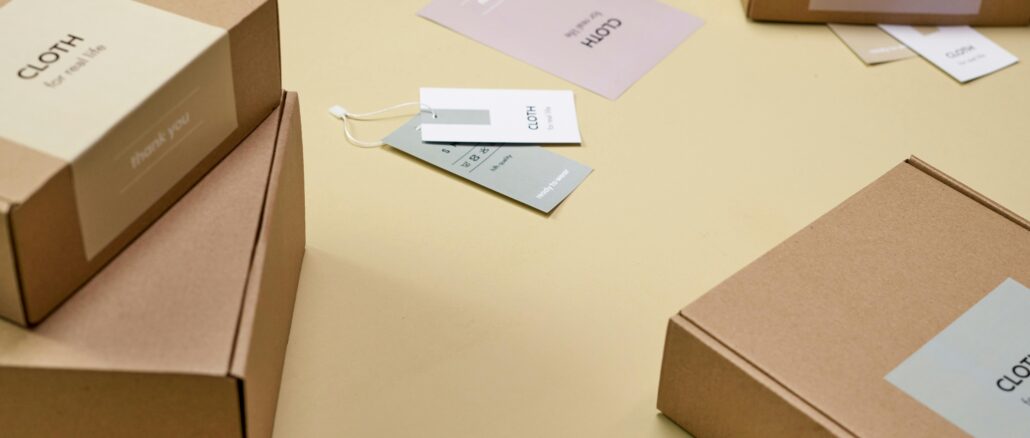
Discover Why Eco-Friendly Cardboard Packaging Is the Best Alternative to Plastic Waste and High Packaging Costs
July 10, 2025: As sustainability continues to drive consumer preferences and business policies in 2025, eco-friendly cardboard packaging has become an essential part of responsible brand strategy. Whether you’re a startup or an enterprise, switching to sustainable, biodegradable, and cost-effective packaging is no longer optional—it’s a business imperative.
What Is Eco-Friendly Cardboard Packaging?
Eco-friendly cardboard packaging refers to boxes and packaging materials made from recycled, biodegradable, or sustainably sourced cardboard. Unlike plastic, cardboard breaks down quickly, causes no harm to the environment, and is widely accepted by recycling systems.
How to Make Cardboard Eco-Friendly?
If you’re wondering how to make cardboard eco-friendly, here are four key ways:
Use recycled materials: Choose packaging made from post-consumer recycled paper.
Avoid plastic or wax coatings: These reduce recyclability and increase landfill waste.
Print with soy- or water-based inks: These are less toxic and biodegradable.
Source from certified forests: Look for FSC or PEFC certifications for responsible sourcing.
By following these principles, businesses can reduce their carbon footprint while offering high-quality packaging solutions.
How to Reduce Packing Material Cost?
Many companies ask, how to reduce packing material cost without compromising quality. Cardboard packaging is the answer:
Lightweight: Lowers shipping costs.
Custom sizing: Eliminates the need for extra fillers.
Flat-packed: Reduces storage space and logistics expenses.
Highly available: Widely produced and cost-efficient at scale.
When designed correctly, cardboard packaging can dramatically cut costs while improving operational efficiency.
What Type of Packaging Is Best for Reducing Environmental Waste?
The best packaging to reduce waste is:
Biodegradable
Compostable
Recyclable
Reusable
Eco-friendly cardboard packaging checks all these boxes. It decomposes in weeks, doesn’t release toxins, and can be reused or recycled into new products. This makes it one of the top choices for reducing packaging waste and supporting environmental goals.
What Are the Sustainable Solutions to Packaging?
Sustainable packaging solutions go beyond just the box. Here are a few options:
Corrugated cardboard boxes with minimal printing
Right-sized packaging to reduce void fill
Compostable or recycled filler materials
Reusable cardboard containers for closed-loop logistics
Mono-material designs that are easier to recycle
Using a combination of these solutions creates a truly circular packaging system.
Industries Embracing Eco-Friendly Cardboard Packaging
E-Commerce: Secure and lightweight for shipping.
Food Delivery: Safe and biodegradable.
Retail and Cosmetics: Stylish custom packaging with green branding.
These industries are adopting cardboard alternatives to align with sustainability goals, reduce costs, and appeal to eco-conscious customers.
Tips to Maximize the Benefits of Cardboard Packaging
Select uncoated, recyclable materials
Right-size your boxes to minimize empty space
Include a “recycle me” message to encourage consumer participation
Work with sustainable suppliers with verifiable certifications
Final Thoughts
In 2025, eco-friendly cardboard packaging isn’t just good for the environment—it’s a smart financial and branding move. By learning how to make cardboard eco-friendly, discovering how to reduce packing material cost, and choosing packaging that reduces environmental waste, businesses can deliver a powerful message: sustainability and profitability can go hand in hand.
Whether you’re in retail, food service, or e-commerce, switching to eco-friendly cardboard packaging is a meaningful step toward building a greener, smarter, and more successful brand.

